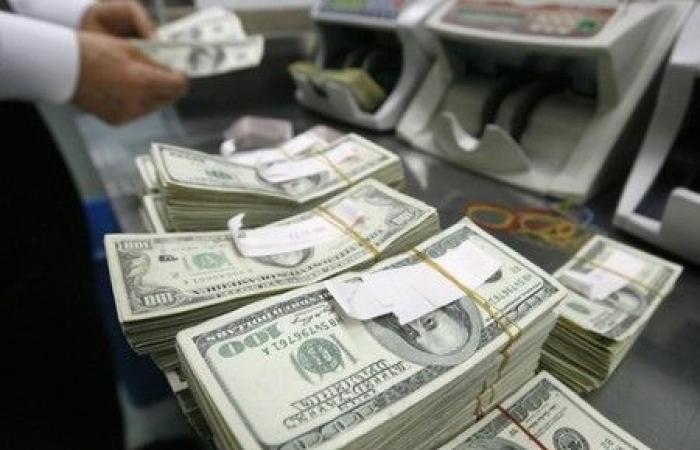The Australian dollar rose against the US dollar on Wednesday as domestic retail spending data surprised to the upside, but gains were capped by weakness in the Chinese yuan. The kiwi, meanwhile, struggled to rally from a key chart level.
The two, however, have held firm against the yen, which is near three-decade highs, thanks to robust demand for carry trades – where a currency with low interest rates is borrowed to invest in a currency with higher yields.
The Aussie rose 0.1% to $0.6675, following a 0.1% gain overnight, but remaining within its recent trading range of $0.6576 to $0.6705.
The Australian dollar rose 0.2% to 107.87 yen, just shy of its 33-year high of 107.93 yen reached two days ago.
The Kiwi dollar was flat at $0.6078, after closing the previous session little changed. It was stuck near its 200-day moving average of $0.6070 and a break of the 61 cent resistance is seen as necessary to improve the near-term outlook.
A fresh slide in the Chinese yuan to 7.31 per dollar also weighed on the Aussie, which is often sold as a liquid proxy for the yuan, reflecting Beijing’s position as the biggest buyer of Australian assets.
Earlier, a private survey showed that China’s service sector expansion is losing steam.
Australian retail sales rose 0.6% in May, beating market forecasts of 0.2%. Much of the gain was due to discounts and early-sale events, which tempted consumers otherwise grappling with stubborn inflation and high mortgage rates.
“We will look to the next retail sales print (due July 30) to assess whether there is significant upside momentum in today’s result,” ANZ analysts said.
“If June retail data is strong, inflation is above the RBA forecast and the labour market remains resilient, there is a chance the RBA will hike in August.”
The Reserve Bank of Australia, which was caught off guard by an upward revision to consumer spending in the first quarter, will wait for further data to assess whether its current cash rate of 4.35% is tight enough.
While consumption has cooled as desired, there is a risk it could pick up again when tax cuts kick in this month. Rising home prices are also inflating homeowners’ wealth.
Futures markets imply a 30% chance that the RBA will have to tighten further in August, while only 20 basis points of easing are expected by the end of 2025.
The risk of another rate hike to reduce inflation has sent local bonds lower, losing some of their luster versus Treasuries.
Australian 10-year bonds yielded 4.419%, slightly lower than the 4.4277% yield on 10-year Treasuries. Their yield was 40 basis points lower than their U.S. counterparts in April.






